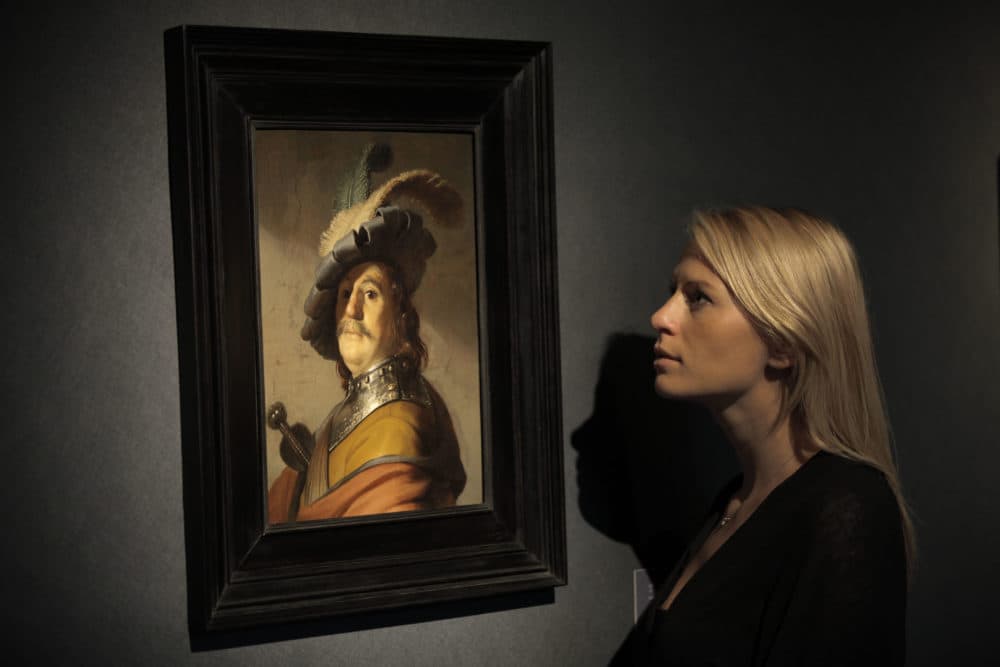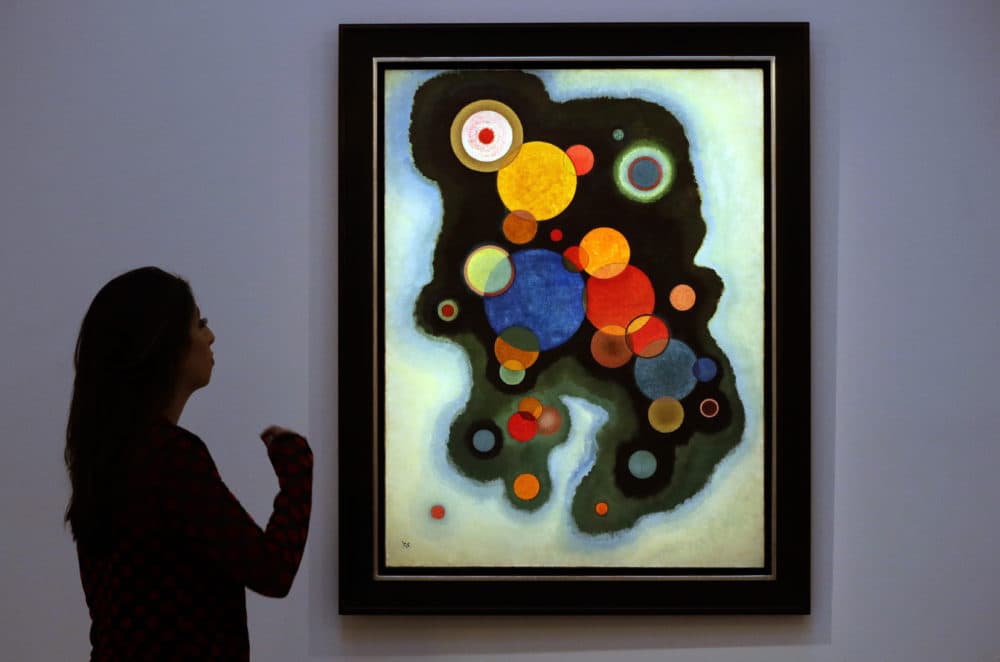Advertisement
commentary
How Much Is A Rembrandt Worth? And Why It Matters In The Presidential Campaign

Assessing the value of art is always a tricky business. In a field where the intrinsic value of a painting can be more important than its dollar value, assessing a fair tax is unimaginably difficult. This is why Elizabeth Warren’s proposed wealth tax, in which she boldly states that she wants the “tax to include … the Rembrandts,” is an ill-conceived idea.
It’s ironic that Warren chose Rembrandt, as his works present a particularly difficult case. For example, the well-respected "A Corpus of Rembrandt Paintings," assembled by the esteemed Rembrandt Research Project, divides his purported paintings into three categories: paintings by Rembrandt; paintings that are attributed to him, but whose authorship cannot be definitely determined; and Rembrandt-like paintings that he did not paint. The mysterious nature of the middle category illustrates the difficulty in affixing a fair price to one of Warren’s targeted emblems of wealth. What if evidence comes along that suggests a "Rembrandt" wasn't actually painted by him? Such a shift can mean that millions of dollars in value disappear with the discovery of just one incorrect pigment or uncharacteristic brush stroke.

Such changes are not uncommon. Case in point: the painting "Portrait of Rembrandt Wearing a Feathered Bonnet," in the collection of The National Trust, United Kingdom, has seen its attribution change dramatically over the past 50 years alone. Thought to be painted in 1635, it was considered an autographed Rembrandt for more than 350 years until, in 1968, an expert proposed that it was instead painted by one of the master’s students, Govaert Flinck. While not all historians were immediately swayed by this new opinion, in 1989, the Rembrandt Research Project attributed the work to Rembrandt’s workshop. Amid disagreement by scholars, the research team again changed the attribution to Category B. But according to the latest edition of the "Corpus," the painting is now considered an “autograph Rembrandt with the possibility that the master was assisted by one of his pupils.”
It’s enough to give a tax accountant reason to choose another profession. And there’s no such thing as a Kelley Blue Book for paintings, as there is for cars. Nor is one even possible.
Buying a painting is not like buying a used car, where a potential buyer can have a trusted mechanic give it a reasonable appraisal after a quick and cheap once-over. Getting assurance that a painting is exactly what it is purported to be is very complex for any of the great masters. Take the now famous painting attributed by some to another great master, Leonardo da Vinci, titled "Salvator Mundi," which recently snatched the highest price ever paid for a work of art.

The authenticity of "Salvator Mundi" has been the subject of intense debate about how much of the surviving work was actually created by the hand of Leonardo and not that of a restorer. For instance, at one point, Christ’s beard is said to have been removed and then, years later, repainted. The painting presents the ultimate conundrum for assessing its value: It was purchased in 1958 for £45 and sold in 2017 for $450 million. But despite that recent price, no one is quite sure which of those two figures is closer to the true value. So how would it be fairly taxed? If your answer is based on the latest sale price, that won’t work, especially for the buyer who is duped rather than simply misinformed.
Take entertainer and noted art collector Steve Martin, who purchased a Heinrich Campendonk painting for about $850,000 in 2004. The painting later turned out to be a fake and worth roughly the cost of the canvas on which it was painted. Imagine the wealth taxes Martin would have paid on the piece during the years that he — and the federal government — believed his forgery to be a Campedonk.
Advertisement
Some may consider Warren’s proposal as a plan that concerns only the super-rich. But even those of us who are not in the market for a masterwork should take note: By making fine art a more costly investment, Warren’s plan would drive down its value. Contracting prices mean a contracting market, and as the market shrinks, so will the income potential of living artists as well. After all, even Rembrandt was once a struggling artist.
As with so many quick-fix campaign proposals, Warren fails to consider the unmanageable complexities behind her policy. This one would push the government into yet another realm where it doesn't belong.
